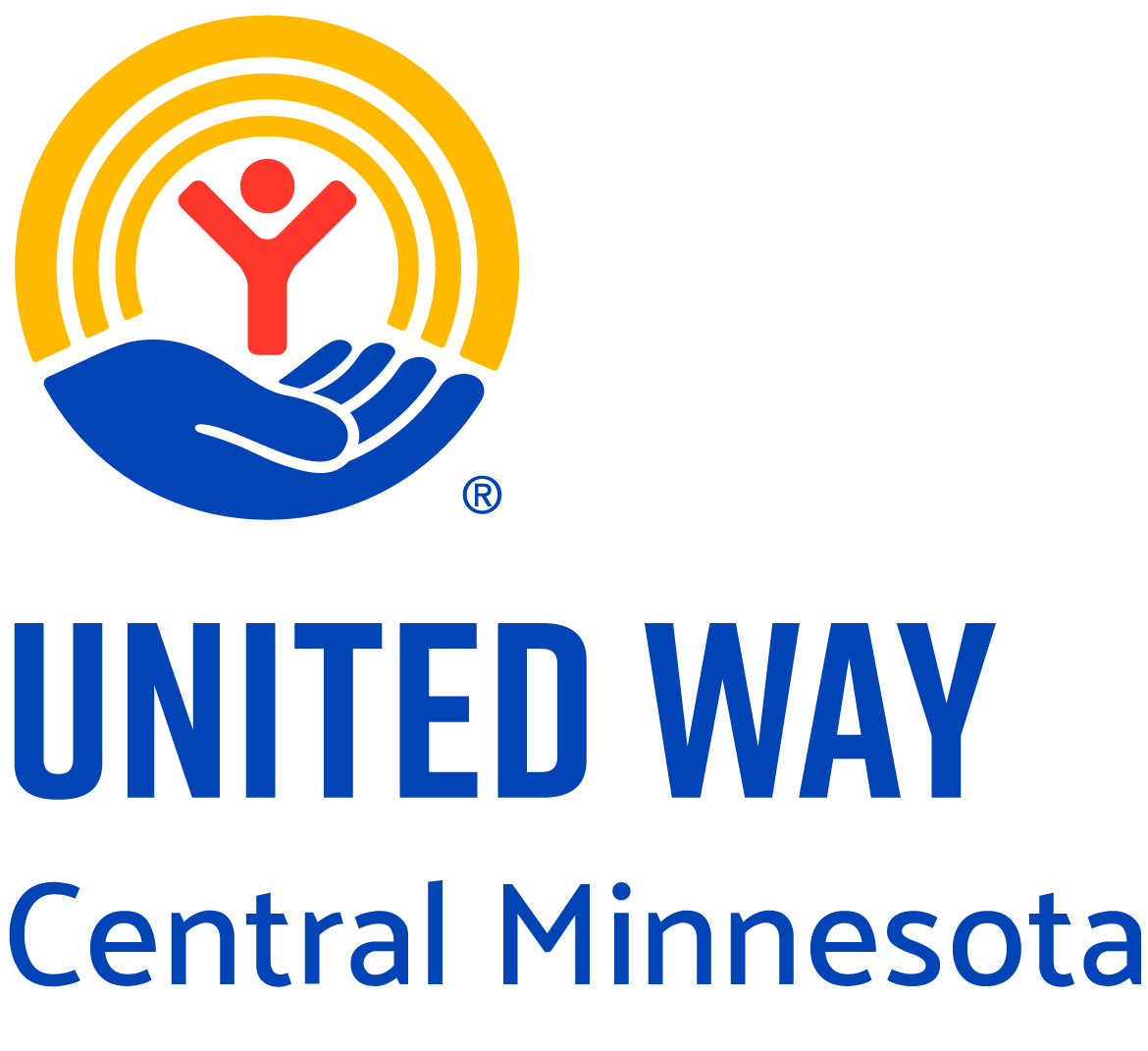Mande Hatten’s eyes welled with tears, and her voice wavered as she talked about the challenges some of her best employees face. The owner of Merry Moose Childcare and Preschool runs infant, toddler and pre-kindergarten centers out of Cold Spring, Rockville and Richmond. She’s been in the early childhood care industry since 1998 when she operated a family child care business out of her home for 18 years. She then opened her first child care center in 2016. She has a bachelor’s degree in early childhood development leadership and is currently working on a master’s degree.
Like many early childhood development professionals, Hatten has experienced changes in her career spanning nearly 26 years. As an engaged employer and business owner, overseeing loyal and hardworking employees who may struggle to make ends meet is a challenging aspect of her work. Hatten recalls some gut-wrenching conversations with employees.
“I just talked to an employee who has no milk in her house and no money for milk. And she works hard. She works 40 hours a week. She lives in income-based housing, and her rent just went up $300 and she doesn’t know where that extra money is coming from. She missed some hours due to illness and I could feel the stress coming from her. It’s debilitating because people just don’t know what they’re going to do, but they don’t want to work in another field. And this particular employee has her degree in child development, and our center pays as well or better than a lot of places.”
Hatten goes on: “I have another staff person who would like to qualify for our bonus program for regular attendance, but her car broke down. She had to miss work because of that. She told me, ‘I don’t know how I’m going to afford my car repairs, and now I’m going to miss my attendance bonus because of this.’ It’s the holidays and another employee told me, ‘I think I’m going to have to go to Toys for Tots to get presents for my kids, and I work on Mondays. Can you cover for me so I can go there and to the food shelf?’ These kinds of scenarios just go on and on. It just shouldn’t be that hard for us, for how important our job is. And I can’t just hire anybody off the street. Child care professionals have to have education. We have to have experience to be teachers. These are professionals and they can’t make it.”
Time to Do Even More
These workers fall under the Asset Limited Income Constrained Employed (ALICE) description. United Way of Central Minnesota uses this acronym to represent the increasing number of workers who struggle to fund basic needs like food, housing and transportation even as they work. These individuals and families have income above the Federal Poverty Level but do not make enough to afford many things they need. They are just one emergency or unexpected bill away from a distressing financial challenge.
The average pay for early childhood care providers in Minnesota is around $14.57 an hour. Child care workers make some of the lowest wages for jobs requiring the minimum of a high school diploma. Many workers have postsecondary degrees yet still receive very low pay. That reality makes it hard for Hatten and other child care center employers to retain workers, adding to an already precarious situation where quality care is hard to come by and often expensive for families. Many centers and providers have closed their doors due to staffing shortages.
Recent state legislation ensured child care workers could receive compensation grants to raise wages and help keep professionals employed in the industry. However, Hatten points out that those helpful initiatives are just the start. Communities must find even better solutions to help workers get paid enough to be economically mobile. “Even with the money that we’re receiving from the state for compensation grants that we turn back to our employees, that increase doesn’t match the rising cost of living. I can pay my employees more this way, but they were so behind for so many years that it’s hard for these grants to just make everything better immediately—and for the long-term.”
Old and New Challenges
Hatten says each element that plays into the child care crisis really came to the public’s consciousness during the pandemic, but low compensation and staffing issues have long been problems in the industry.
“In 2016, when I opened my first center, child care professionals could go work in fast food and make more, so retaining quality staff was a problem then and it’s a problem now. I do believe that the state has been very responsive to us in regards to qualifying more people as teachers or assistant teachers through Minnesota’s Track 2 variance option. But that’s not the only issue. When I first opened my centers, my overhead costs weren’t nearly as high as they are now. Increased operating costs make things difficult because when our families and parents pay more, that rising tuition doesn’t necessarily keep pace with our rising costs. That stress is hanging over all of our heads. I wasn’t dealing with that back in 2016. I have to be fiscally responsible for my business, for my employees and for families or I won’t be able to stay open. It’s emotionally and mentally draining. Every decision we make is for our students and what’s best for kids. We make do with that higher payroll budget, because we know having a revolving door on staff directly impacts children and families in negative ways.”
Minnesota child care costs are the sixth highest in the nation, with middle-income families spending 20%—or even more in some areas of the state—of their income on care. National guidelines suggest families pay no more than seven percent to be financially stable. United Way of Central Minnesota is working to address the child care crisis from multiple angles and has gathered diverse stakeholders, like Hatten, from our community and across the state to identify viable solutions.
Hatten believes providers need revenue sources beyond what families and parents pay in tuition. “I feel that in order for a program to be able to increase employee pay, a revenue source other than parent payments is needed. As providers, that’s 90% of our revenue. We can only burden parents and families so much with rising child care costs.”
She also believes that while the child tax credit is helpful and needed, it aids families only once a year. They need help on a regular basis. Hatten says if the providers and centers received subsidies to alleviate overhead costs, those efforts would go a long way in allowing her to reduce child care rates for families, and she could pass those savings on and increase her employees’ pay. Hatten says subsidies for providers’ food costs could be very beneficial: “Many child care centers do not often qualify for food programs like I did when I was a home-based family child care provider. As a child care center provider, my food costs are my third highest cost, right behind the cost of my buildings.”
Many Are Stepping Up
Hatten does think many are stepping in to support child care providers in new ways because people are becoming more aware of the issues and limited access affects people’s ability to engage in the workforce: “I think the Minnesota Children’s Cabinet does an amazing job at the state level, advocating for our industry. United Way of Central Minnesota has also done amazing things like providing low- or no-cost education to those who care for children. I, myself, have probably put 18 people through that program. But there’s also room for companies and cities to help and everyone to do more. Businesses and cities can often help with that infrastructure piece, and that’s very beneficial.” When Hatten started her business in Richmond, the city advocated for her and lowered the cost of water hook ups and usage fees.
Hatten says that when child care providers find support, it is a win-win situation—especially in rural communities, where the consequences of limited child care can have a significant economic impact. Hatten’s business has employed 62 people in Rockville and Richmond. “Child care providers allow people in communities to work and they provide jobs in communities. Child care providers bring about economic mobility because when people can go to work, they are empowered. There are people who moved to these rural communities because our centers have provided 209 child care spots. Child care professionals are essential employees. The whole economy shuts down without child care.”
Young Learners Are Our Future
We must all work on solutions to the child care crisis because our children are our future, says Hatten. “Child care professionals are the people who help kids grow. They are 100% givers, and empathy and compassion are so important. There’s not enough of that in the world these days. I see strength in my staff. Their dedication is just amazing, as is their resiliency. The heart of a child care provider isn’t normal-sized, making them the best people around. But our jobs are very taxing. We must be organized, patient, on time, good communicators, model healthy habits and so much more. It should not be that I can’t pay my employees enough so that they can’t buy milk for their own family if they miss only four hours of work during a pay period due to unforeseen circumstances.”
Economic Mobility for All Central Minnesotans
United Way of Central Minnesota has been bringing the community together to solve the child care crisis in our region. Many Central Minnesota child care professionals face day-to-day challenges that put them in financial peril. Change the outlook for those whose everyday challenges match an ALICE description. Learn more and transform our community into a place where all of us are economically mobile and have opportunities to thrive.

.jpg)



